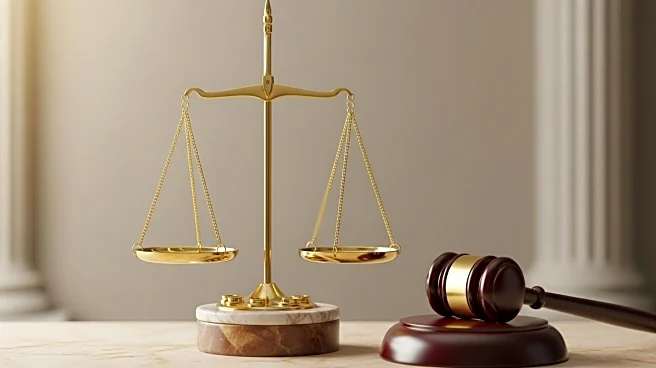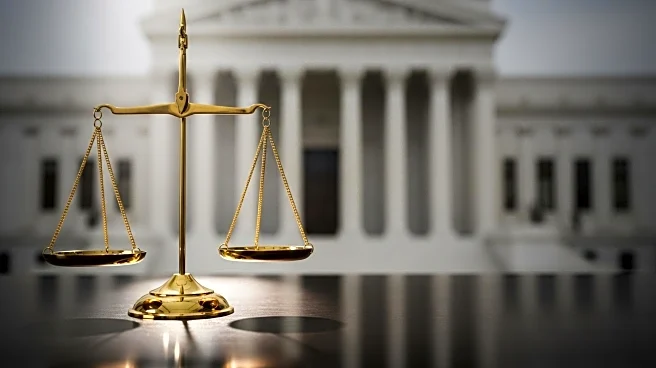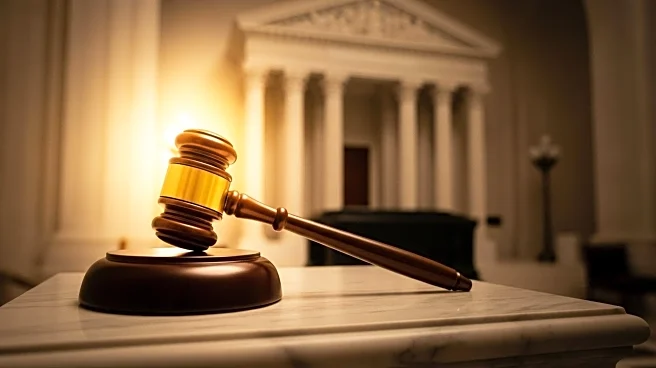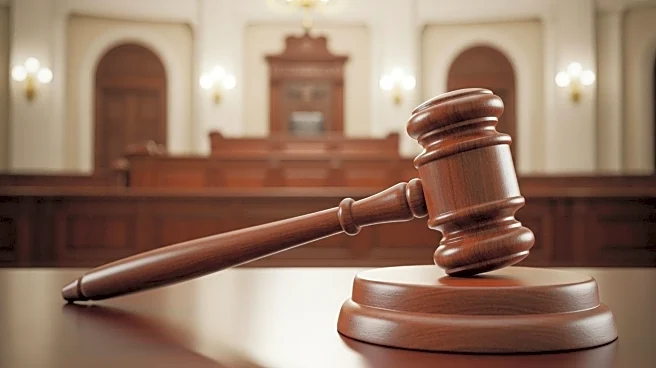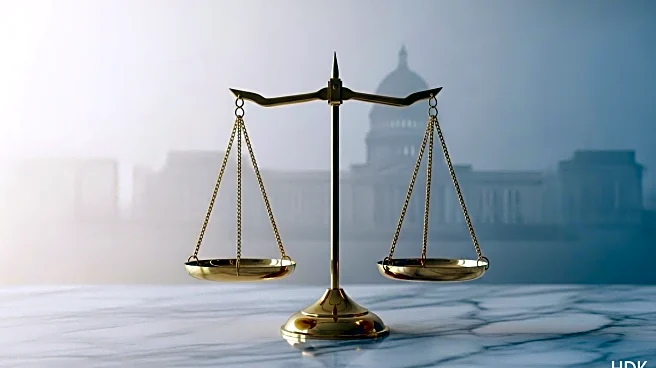What's Happening?
The Supreme Court experienced an unusually active summer, largely due to emergency docket actions related to the Trump administration. The court, which typically has a lighter schedule during the summer, dealt with at least nine emergency requests from the government. These cases involved significant constitutional questions and resulted in sharp dissents from the liberal justices. The court also scheduled expedited arguments on issues such as Trump's tariffs and the attempted firing of Federal Reserve Governor Lisa Cook. This increased activity has raised concerns about the potential impact on the court's dynamics as it enters a new term.
Why It's Important?
The Supreme Court's increased summer activity highlights the ongoing influence of the Trump administration on the judiciary. The frequent use of emergency requests by the administration has prompted debates about the court's role and the potential for long-term effects on its operations and collegiality. The court's decisions on these matters could have significant implications for presidential power and the balance of authority between branches of government. As the court begins its new term, it will address critical issues, including voting rights and presidential authority, which could shape U.S. legal and political landscapes.
What's Next?
The Supreme Court will continue to address a range of high-profile cases in its new term, including those related to presidential power and social issues. The ongoing use of emergency applications by the Trump administration suggests that the court may face continued pressure to make rapid decisions. Legal experts and court-watchers will be closely monitoring how these dynamics affect the court's decision-making process and its relationships among justices.



